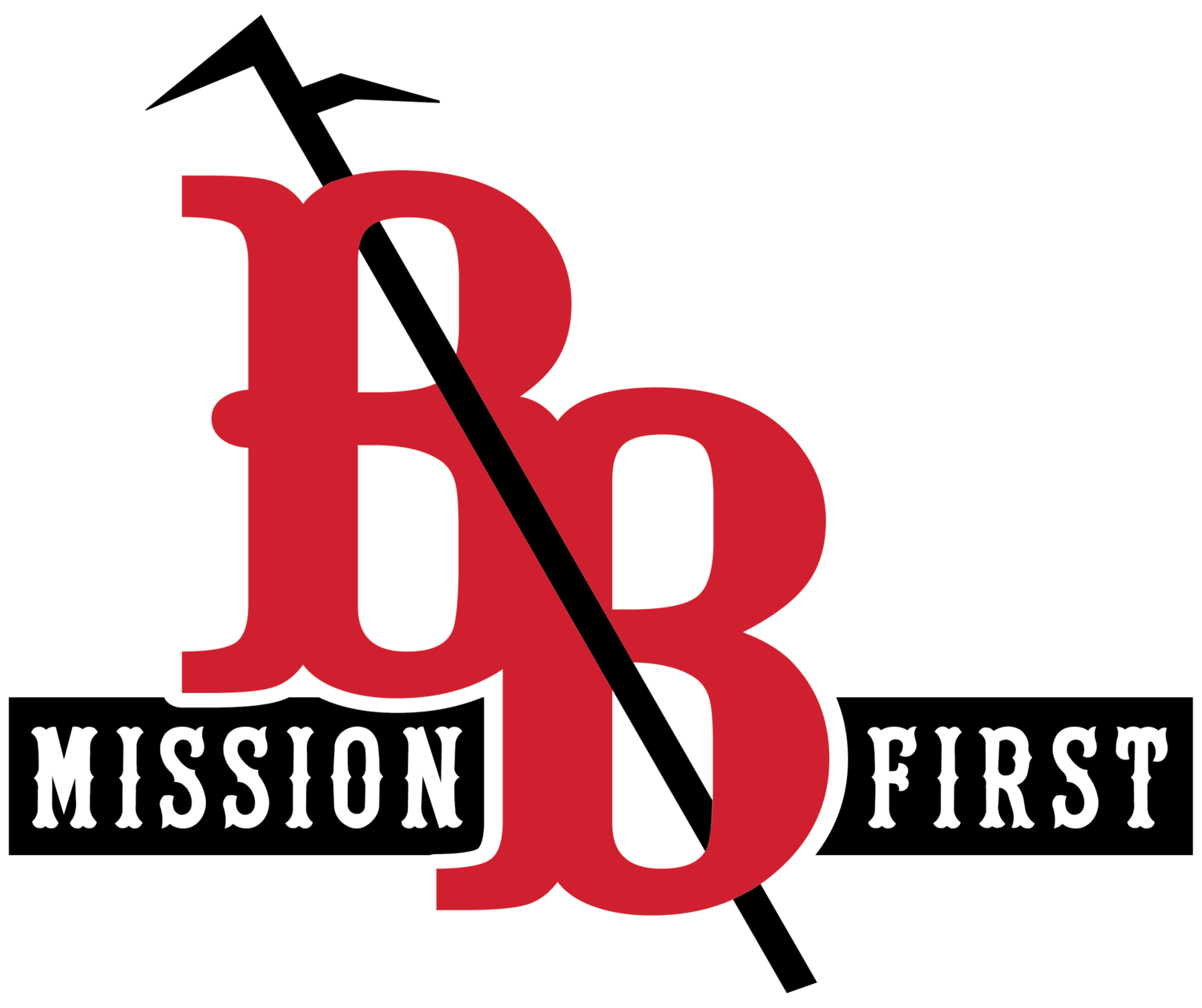The List
One day, a Fireman from Engine 48 in the Bronx decided to come up with a list of Engine Company basics; to be used as a punch list for training, classes, after-fire critiques at the back step, etc. His name was Andy. Over the years, Andy and his good friend (and ours) John, another great from Engine 48 who went on to become one of the FDNY’s best Engine Officers, continued to add to the list.

In September 1995, Andy wrote the seminal article, “Return of the Solid Stream” (Fire Engineering) that shook the fire service’s very foundation and caused us to actually take a look at the nozzles we were using for years; and more importantly, what they actually did for (to) us. His later works included the two-part epic “Stretching and Advancing Handlines Part I and II” (Fire Engineering) and many articles in Fire Nuggets; and Andy solidified himself as the most prolific author and academic on Engine Company operations. More importantly, at a time when everyone was writing and focusing on the Truck, Andy made it cool to be on the Engine again; and brought the mission of the Engine out of academic obscurity to the forefront of our operational focus. Although Andy is no longer with us, his work always will be. I am very fortunate to have the opportunity to spread Andy’s message with those he brought together, and I hope you all will continue his work too. We owe it to him and the job.
Recently, John was looking through some old folders the other day and found some overheads of Andy’s (their) original list. He mentioned that it would be a great idea to pass it on to you all; and have us all add to the list and or discuss the individual points (basics). Many of you may recognize the points on the list and some of you may not. Regardless, these basics apply as much today as they did when they were written. Please add your thoughts, additions, discussion, etc. in the comments section of this post….Thanks John, for giving us “The List:”
Engine Company Basics
- More lives are saved at fires by a properly positioned hoseline, than by any other life saving techniques available to firefighting.
- The fire “goes as the first line “goes”. All efforts should be concentrated on stretching, charging and operating the first line. Don’t be consumed stretching the back-up line until the first line is stretched and operating unless you have the manpower to perform both functions.
- Do not become overly reliant on pre-connected lines. You must prepare and train for the fire that can’t be reached by a pre-connected line. You must be capable of extending a line that will not reach the objective.
- Select the proper size line for the job at hand. “Little fire, little hose”. “Big fire, big hose”. Don’t be afraid of the 2 ½” line. With the proper nozzle (smooth bore) and proper pump pressure this line can be managed even in understaffed departments.
- Do not “pull and pile” the hose – stretch the line correctly.
- Do not enter the fire area with an uncharged line. In private dwellings (1 and 2 story homes) the line should be stretched and flaked out in front of the building, than charged before entering.
- Bleed the air from the line prior to advance.
- All members should be on the same side of the line
- Back-up must lend physical support to resist nozzle reaction and allow nozzle firefighter to operate freely.
- Do not crowd the nozzle
- “Wait until you see fire and don’t open up on smoke” does not apply in the fire environment today. Plastics and energy efficient windows have changed the fire environment. If you are wear you gear properly, full bunkers with hood, you cannot use heat as the indicator to open the nozzle. Once you feel heat through the gear it is too late. The next thing you might see in your facepiece is orange because the room just flashed! If the smoke is dark and angry (swirling around in front of your facepiece) open the line to cool off the ceiling.
- Stream should be directed “out in front and overhead”. Water should be deflected off the ceiling and upper walls. The deflected water will:
- cover a greater area - cool superheated combustible gases at the ceiling level - prevent rollover of fire overhead - prevent the development of flashover
- Sweep the floor as you advance to prevent knee burns. NYC has seen an increase in burns from scalding water which enters the leg opening in the pants which forms when you kneel.
- Once the line is advancing, keep moving toward the seat of the fire, but don’t push the nozzleman faster than he wants to go.
- Let the reach and penetrating power of the stream do the work, especially in large area buildings or when several rooms are involved.
- Ensure adequate ventilation to assist with extinguishment
9/11/01 NEVER FORGET!!!!!
September 11th has come and gone, How do we ensure all those lives worn't lost for nothing and only remembered and honored on that day. By sharing there stories and there legacy they left for us on a daily basis. I encourage all of you to print this list out, share it around the kitchen table, add to it and hang it in the firehouse someplace where it is visible on a daily basis. I will never forget Andy Fredericks.
Thanks to midwestfirefighter for posting this list.
